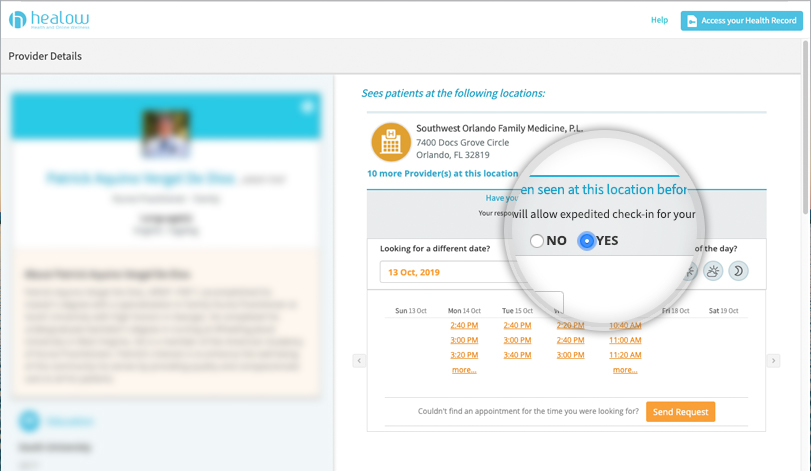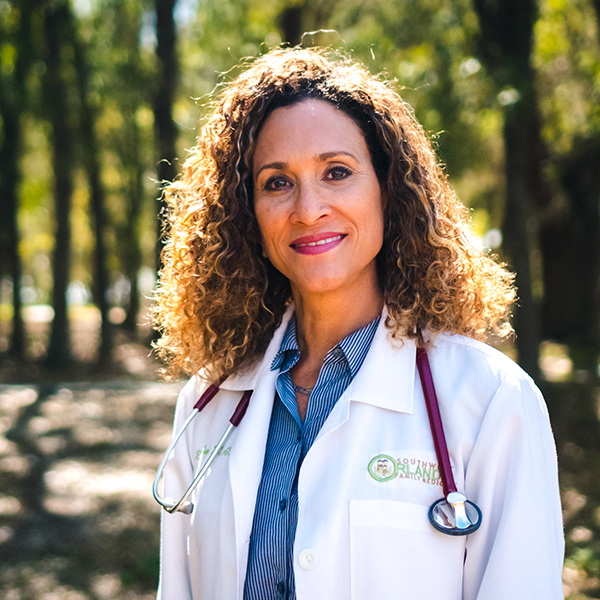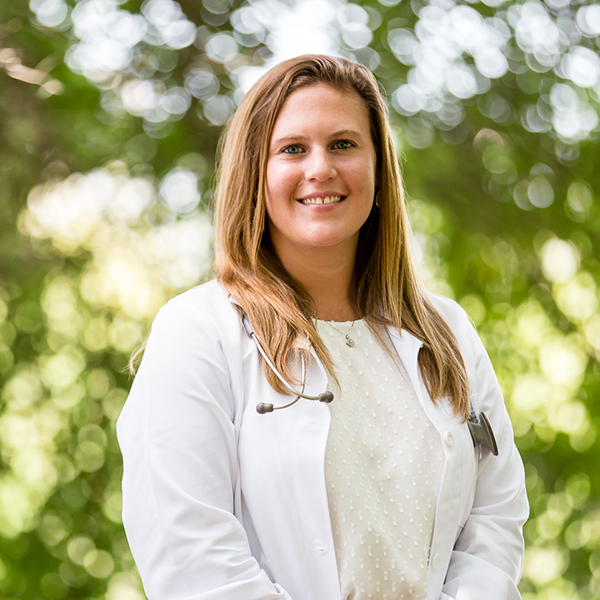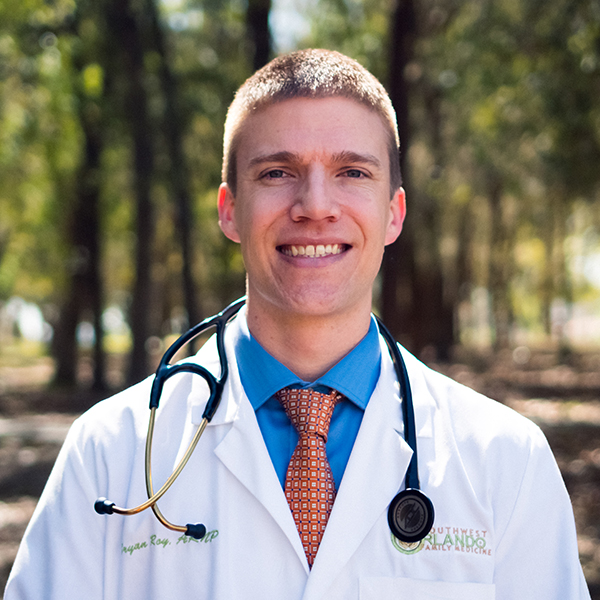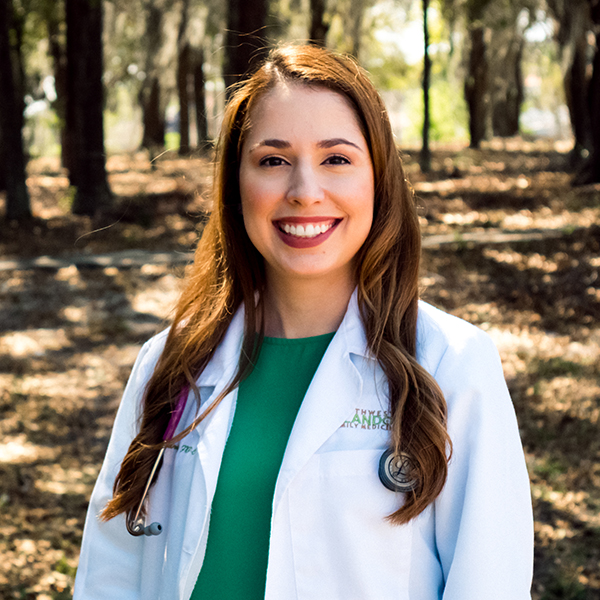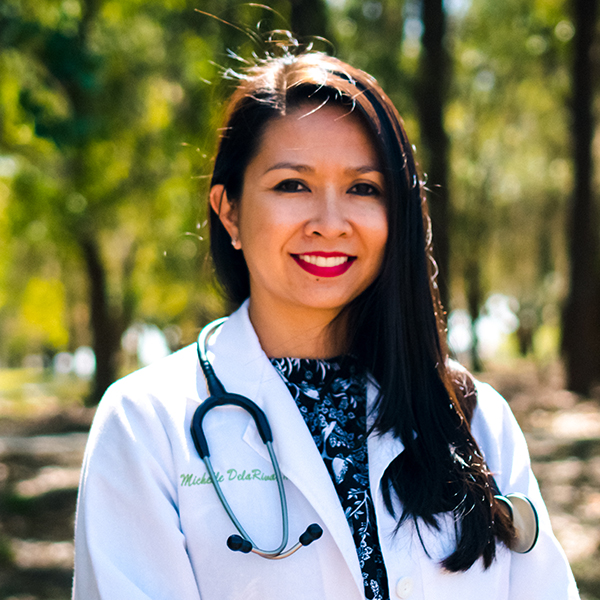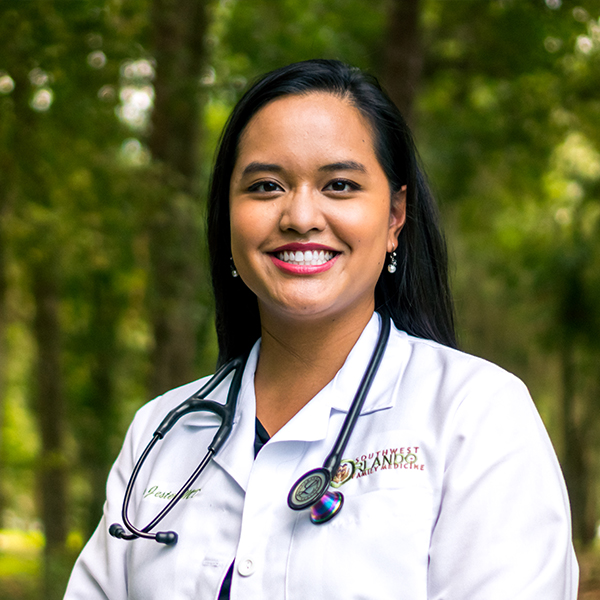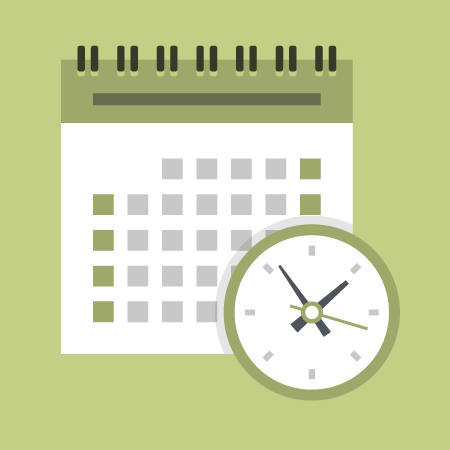Osteopathic Medicine

We sat down with Dr. Erica Mirigiliani to talk about Osteopathic Medicine. We’ll explore what it means to be a DO and how Osteopathic Medicine and Therapy can be used to benefit patient healthcare in a variety of different ways. Continue reading to learn more about what a Doctor of Osteopathic Medicine does and how Dr. Mirigliani uses her training to help patients.
Doctors of Osteopathic Medicine, called DOs, are licensed physicians that practice conventional medicine as well as Osteopathic Manipulative Treatment. Osteopathic physicians have the same educational and training requirements as MDs, and also receive specialized training in the musculoskeletal system. This additional training focuses on the muscles, nerves, and bones, and the interconnectivity between the body’s systems. DOs consider lifestyle factors, environment, and natural factors when considering a patient and their healthcare needs.
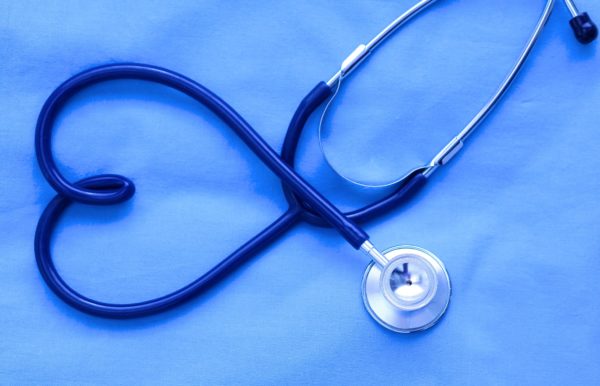
“Patients are not just symptoms,” says Dr. Mirigliani. “People are dealing with all kinds of situations, from battles with their faith, to financial worries, to anxiety issues. Every aspect of a patient’s life is important.”
By combining medical training with a holistic approach, DOs employ Osteopathic Manipulative Treatment, or OMT, to address specific healthcare concerns that may affect their patients. According to the American Osteopathic Association, “Osteopathic Manipulative Treatment, or OMT, is a set of hands-on techniques used by osteopathic physicians (DOs) to diagnose, treat, and prevent illness or injury.”
While talking about what drew her to OMT, Dr. Mirigliani say, “I like the whole person philosophy – mind, body, spirit. It’s an honor and a big responsibility to care for someone’s health. I want to be there for people in times of vulnerability and uncertainty. I don’t want to chase symptoms; I’m looking for the cause.”

Osteopathic manipulative treatment is often used to complement a treatment plan, and in some cases can be used in place of drugs or surgery, depending on severity. DOs use OMT to manipulate the patient’s muscles and joints to help create relief, promote healing in the body, and stimulate blood flow.
“The goals of osteopathic manipulation therapy are to restore range of motion, restore lymphatic drainage, and improve blood flow,” Dr. Mirigliani explains. “Using these techniques, we can facilitate the body’s natural ability to heal. The better we are in motion, the better our function.”
While OMT is often used to treat muscle pain, it can also help patients suffering from asthma, carpal tunnel, migraines, menstrual pains, and more. “It’s important to understand that OMT is not for everyone,” advises Dr. Mirigliani. “Each person is carefully considered. It may benefit issues like headaches, constipation, TMJ, back pain, and other health issues. Osteopathic medicine can help provide patients with non-invasive options to promote the body’s natural healing capabilities.”
Clinician Contributor:

Disclaimer: All information presented on this website is intended for educational purposes only and not intended to replace your individual medical advice. Please review this information with your clinical team to ensure it’s appropriate for your individual medical needs. The information contained is not intended to diagnose, treat, cure or prevent any disease.


